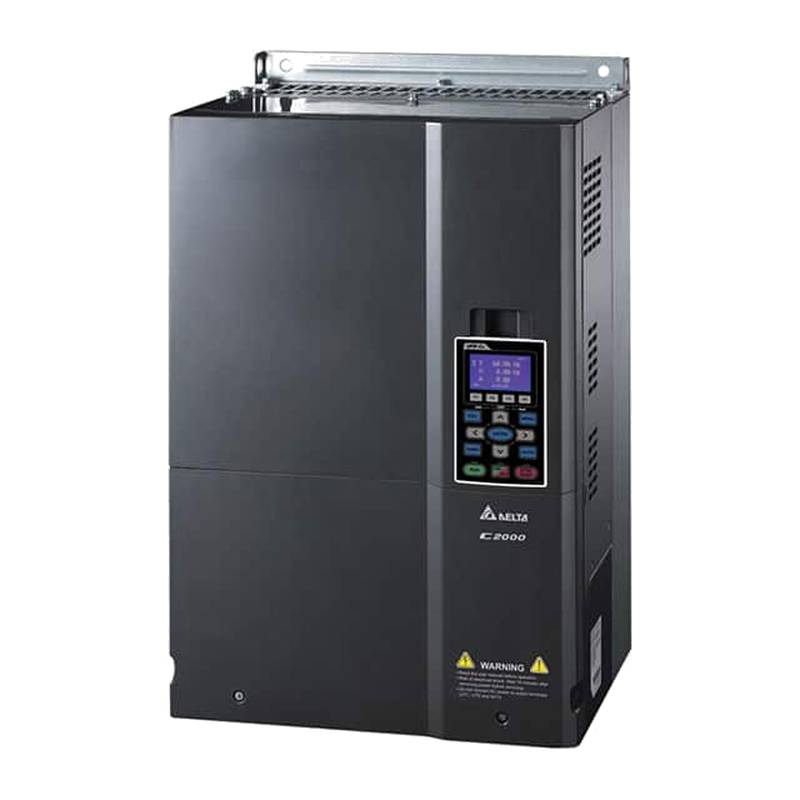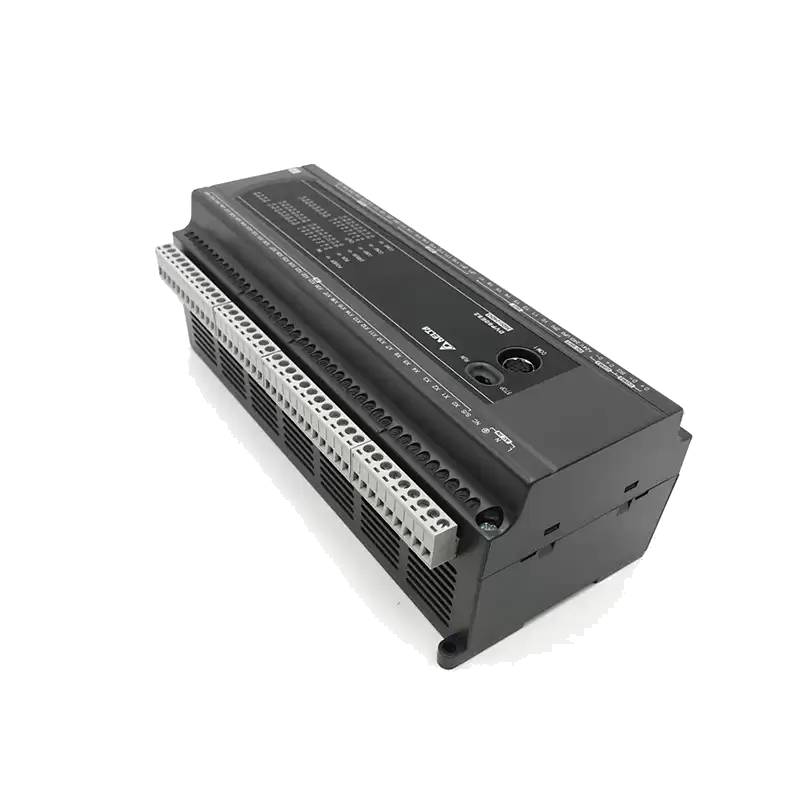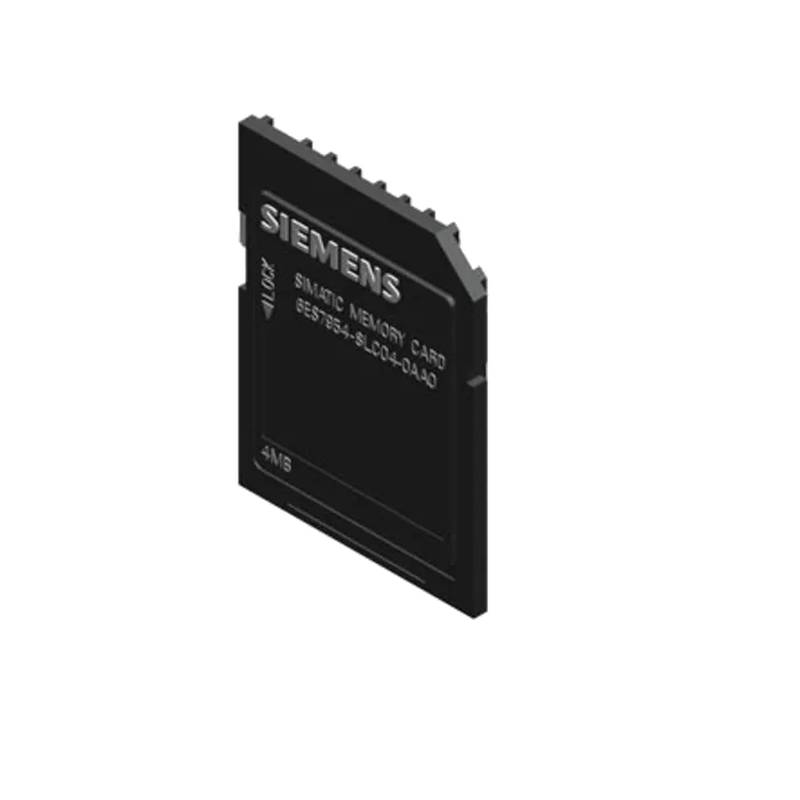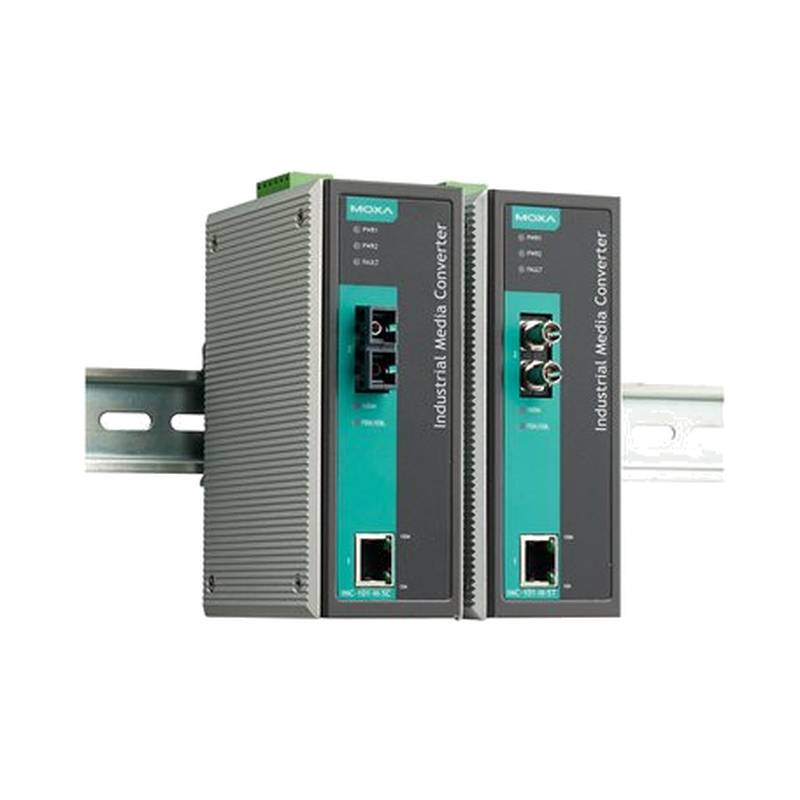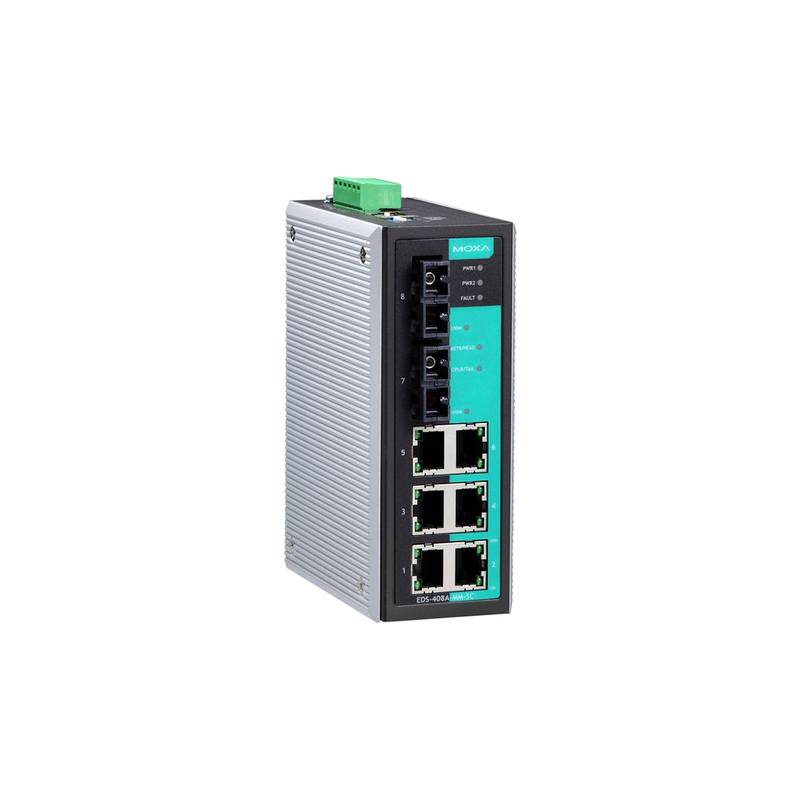
The Delta VFD900C43A-00 C2000+ is a high-performance, reliable industrial frequency converter designed to optimize motor control in demanding applications. Boasting a robust 90kW power rating, this VFD delivers exceptional efficiency, precise speed regulation, and advanced protection features, making it a cornerstone for modern industrial automation. Its core advantages lie in its superior energy savings, extended equipment lifespan, and seamless integration capabilities. Key technical parameters include an input voltage range of 3-phase 380-480V AC, an output voltage of 3-phase 0-480V AC, and a maximum output current of 190A, all designed for consistent, high-level performance in diverse industrial environments.
Core Features & Market Positioning
The Delta C2000+ series, represented by the VFD900C43A-00, distinguishes itself through its advanced control algorithms, including both V/f and vector control modes, catering to a wide spectrum of motor applications from simple fan and pump control to complex torque-dependent machinery. Its built-in PLC functionality simplifies system design by reducing the need for external controllers, enhancing cost-effectiveness and reliability. The VFD900C43A-00 is positioned as a premium industrial drive, offering a compelling blend of cutting-edge technology, robust construction, and Delta's renowned global support, making it a preferred choice for critical processes where uptime and performance are paramount. This drive excels in environments requiring precise motion control and significant energy efficiency improvements.
Key Application Scenarios
The versatility of the Delta VFD900C43A-00 C2000+ makes it an ideal solution for a broad array of industrial applications. It is extensively used in the HVAC sector for controlling large fans and pumps, optimizing airflow and water pressure while significantly reducing energy consumption. In the manufacturing industry, it finds application in conveyor systems, machine tools, and packaging machinery, where precise speed and torque control are essential for product quality and throughput. The chemical and petrochemical industries benefit from its robust design and ability to handle challenging operating conditions, controlling mixers, extruders, and other process-critical equipment. Furthermore, its suitability for applications requiring dynamic braking and precise positioning makes it valuable in the material handling and automation sectors.
Practical System Integration Guidance
Integrating the Delta VFD900C43A-00 into an industrial system is streamlined through its user-friendly interface and comprehensive documentation. Proper wiring is crucial; ensure the motor power cables, control signal wiring, and grounding are executed according to the manual's specifications to prevent noise and ensure safety. For a 90kW motor, selecting appropriately sized power cables and ensuring adequate ventilation for the VFD are critical. Initial commissioning involves setting motor parameters (e.g., rated voltage, current, frequency, pole numbers) via the keypad or software, followed by selecting the appropriate control mode (V/f or vector control) based on the application's requirements. Advanced programming can leverage the built-in PLC functions for complex sequence control and communication integration.
Operation and Risk Mitigation
Safe operation of the Delta VFD900C43A-00 hinges on adherence to established safety protocols and understanding its fault codes. Always ensure the drive is de-energized before performing any wiring or maintenance. The drive offers extensive protection functions, including overcurrent, overvoltage, undervoltage, overload, and motor overheat protection. Common troubleshooting involves checking for specific fault codes displayed on the HMI. For instance, an "OC" (Overcurrent) fault might indicate a motor issue, a wiring problem, or an acceleration time set too short. An "OV" (Overvoltage) fault could suggest excessive regenerative energy or line voltage issues. Consulting the VFD900C43A-00 manual for a detailed list of fault codes and their corresponding remedial actions is essential for minimizing downtime and preventing equipment damage.
Scalability & Long-Term Value
The Delta C2000+ series, including the VFD900C43A-00, offers significant long-term value through its scalability and compatibility with modern industrial networks. Its modular design allows for the addition of communication cards (e.g., EtherNet/IP, Profibus) for seamless integration into distributed control systems and Supervisory Control and Data Acquisition (SCADA) platforms. This facilitates remote monitoring, control, and diagnostics, aligning with Industry 4.0 initiatives and the Industrial Internet of Things (IIoT). Delta's commitment to firmware updates and backward compatibility ensures that these drives can remain relevant and perform optimally within evolving automation infrastructures, protecting your investment.
Frequently Asked Questions (FAQs)
1. What are the primary benefits of using the Delta VFD900C43A-00?
This drive significantly cuts energy costs.
It provides precise motor speed and torque control.
It enhances equipment lifespan and reduces maintenance.
2. How do I select the correct control mode for my application?
V/f control is best for simple loads like fans.
Vector control offers superior performance for dynamic loads.
Consult the manual for detailed application guidance.
3. What safety precautions should I take when installing this VFD?
Always disconnect power before wiring.
Ensure proper grounding for all components.
Follow the manual for specific electrical safety rules.
4. Can the VFD900C43A-00 be integrated with my existing PLC system?
Yes, via optional communication cards.
Common protocols include EtherNet/IP and Profibus.
This enables centralized control and monitoring.
5. What does the "OC" fault code on the VFD900C43A-00 indicate?
It signals an overcurrent condition detected by the drive.
This could be due to motor issues or rapid acceleration.
Review motor connections and acceleration settings first.
6. How can I improve the energy efficiency of my motor system with this VFD?
Properly set acceleration and deceleration times.
Utilize the VFD's energy-saving features.
Match VFD output to the actual load demand.
7. What is the typical input and output voltage range of this unit?
Input is 3-phase 380-480V AC.
Output is 3-phase 0-480V AC.
This range suits most industrial power grids.
8. How do I perform basic parameter setup for a new motor?
Enter motor's rated voltage and frequency.
Input rated current and RPM values.
Set the number of motor poles accurately.
9. Is regenerative braking supported by the VFD900C43A-00?
Yes, it supports regenerative braking options.
This recaptures energy during deceleration.
External braking resistors may be required for heavy loads.
10. What kind of environmental conditions can this VFD operate in?
It's designed for industrial environments.
Ensure adequate ventilation and avoid dust.
Refer to specs for precise temperature and humidity limits.














